Cash flow describes the total amount of money that moves into and out of your business, including financing, payments, and more. It’s basically the life of your business! A successful company is a company that manages its cash flow well. Because cash flow is so important, any issues with it can seriously disrupt your entire business. Here are seven common mistakes to avoid as you look to improve your cash flow.
1. Not creating or using a budget
It’s impossible to find a solution when you’re in the dark about the problem itself, so it follows that there’s no way to prevent money issues if you don’t know your money situation to begin with! The most important item here is knowing what your budget is. Having a budget for your business will:
- Make you aware what is going on with your money
- Keep you focused on your money goals
- Help you organize your spending and savings
- Help you decide in advance how your money will work for you
2. Timing payments poorly
Every dollar you don’t have can become a liability for your business, so you want to be strategic and anticipate when you’ll receive and make payments: this way, you can plan accordingly. Predicting the timing of your income and expenses is key to helping you optimize and know exactly what is going on with your cash flow.
Here are some things to consider:
- How soon do customers pay you after delivery of your product or service?
- When do you pay your own bills?
- Does your bank or payment platform have any delays between receiving funds and making them available?
3. Not streamlining business operations
Making sure that your business is running as efficiently as possible is another way of improving your cash flow. This way, less money will be leaving your business in the first place!
An important thing to keep in mind here: focus on cutting time, not just costs. Analyze all of your current business processes, considering whether they are efficient or there is some way to get the job done speedier and with less redundancy or repeated steps. By using time efficiently, you can get more done, spend less on wages, and free up time for yourself in the bargain!
Here are some parts of your business processes to analyze:
- Does each part of the process chain add value? In other words, does each step matter to delivering the final product or service?
- Are repetitive tasks automated as much as possible?
- Are bottlenecks (slow points) reduced as much as possible?
- Are handoffs (switching from one process or person to another during production or delivery) smooth?
4. Failing to expand market reach
You can always try expanding your options for cash flow, too! While some expansions will cost more upfront to test and implement, even a small success can increase your cash flow exponentially. Here are a few possibilities to consider:
- Cross-promote other services that complement your target market
- Implement a referral program
- Consider joint ventures and events
- Explore adding new, related services or products
5. Never updating pricing
Most businesses set their prices when the business is new and desperately needs customers, and as a result, set their pricing low. As you begin to establish yourself, though, you should definitely rethink your pricing model: make sure you’re asking for what your time, expertise, and products or services are worth! An updated pricing model will also help you to better account for the following areas of cash flow:
- Working hours
- Employees’ and your own wages
- Better equipment
- Vendor and supplier fees
- Competitor pricing
6. Not enticing customers to pay quicker
With cash flow, the timing is just as important as the actual funds! Your business needs to have money in the bank to meet its own needs, and having funds incoming just isn’t going to cut it sometimes. One of the best ways to address this issue is to incentivize early and on-time payments from your own customers.
Here are some strategies you can try:
- Use a “due upon receipt” approach to show customers that their payments are due
- Implement a late fee policy for overdue payments
- Consider offering customers early payment discounts
- Consider offering payment plans, with added convenience fee
7. Not re-evaluating operating expenses
Managing cash flow isn’t just about getting more cash to come into your business—it’s also important to reduce the cash going out, too. In addition to streamlining business operations (everything that makes your company run), you can also re-evaluate operating expenses (all costs incurred by business operations). Consider things like:
- Can you bundle your insurance costs?
- Can you bring down your credit card processing fees?
- Could you lower your phone and internet packages? (for example, some free apps can get you a second phone line)
Some Parting Thoughts
Overall, just remember: you rule your money, it doesn’t rule you!
Evaluating your business for the issues covered here will help you begin building a better relationship with your money and increasing your cash flow. As you begin saving more money, too, you will find that you are able to invest more in some of the tips above, maybe by offering better incentives for early payments or shelling out a little more for new equipment to manage business processes more efficiently. In other words, improved cash flow will just keep giving back to your business!

